Inspiration
Unique Cambridge
From making your own gin with one of the world’s most innovative distilleries, to trying the best of the Cambridge food scene – here are some uniquely Cambridge experiences to seek out during your stay
Find out more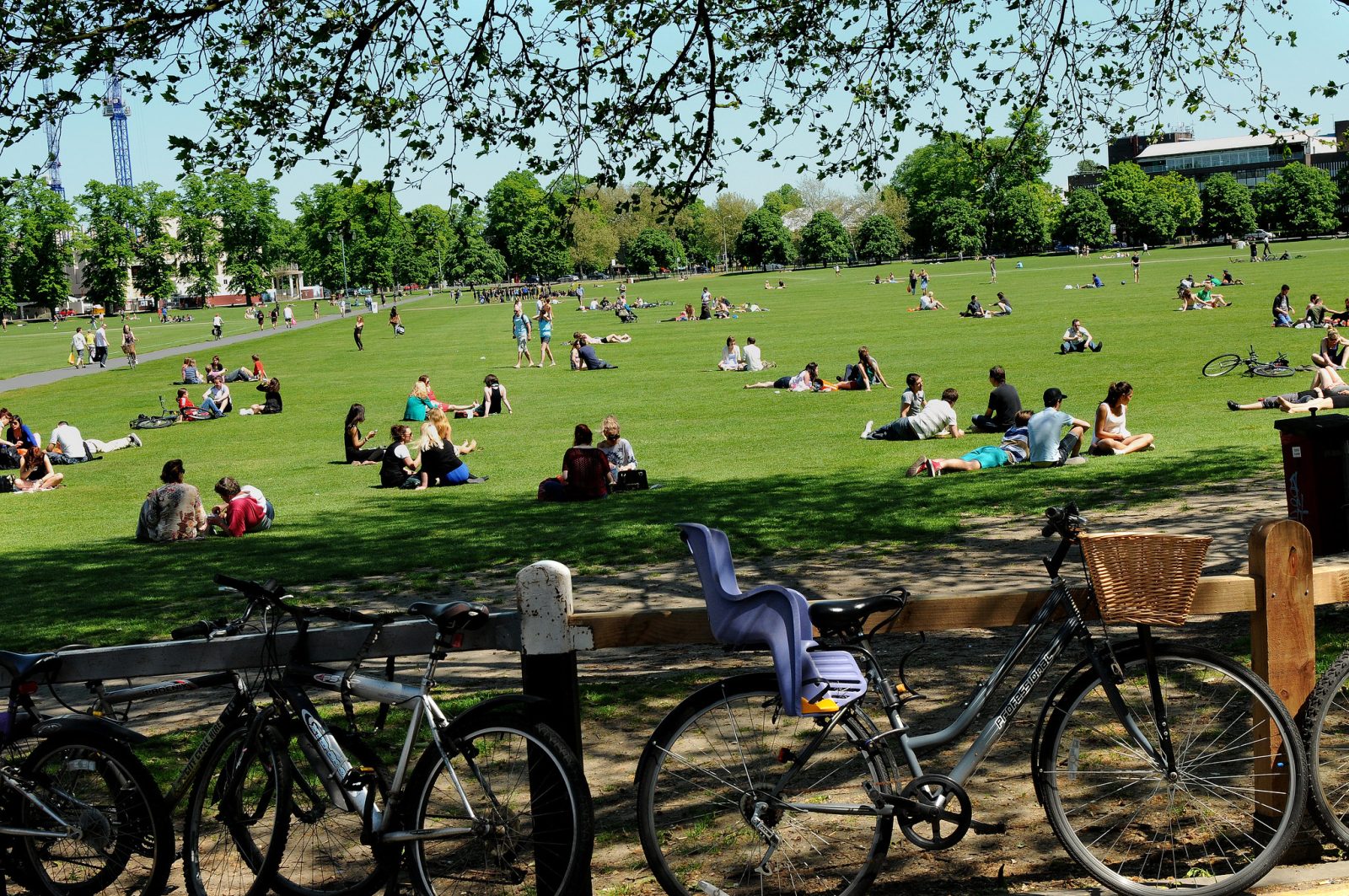
Parks & Open Spaces
Cambridge truly is a green city – the natural fen landscape flows right into the centre along the river Cam, cows grazing within sight of Kings College Chapel. You can picnic under the trees along The Backs and admire the stunning displays of flowering bulbs in Spring, or while away the hours in beautifully kept College grounds and Fellows gardens.
The public parks and commons provide a paradise for children with play equipment, football pitches and tennis courts.
Riverside parks, grassy commons, cool meadows and flower-filled gardens shape the city as much as its history and heritage.
Parks are plentiful. Jesus Green, close to Jesus College, is a green space in the city centre. The River Cam brushes its northern edge and an avenue of London plane trees provides a leafy canopy over footpaths.
Parker’s Piece is an open space used by locals to lounge around and play football and cricket on the grass; it is famous as the place where, in 1848, students agreed a set of simple guidelines for football which were to influence the development of the Football Association rules.
Midsummer Common is an ancient area of grassland bordered by the River Cam, where you can see the boathouses of the Colleges of the University and watch the rowers on the water.
All Parks & Open Spaces
(45)

Nine Wells local nature reserve
The name Nine Wells refers to the number of chalk springs that act as the source for the waterway, Hobson's Conduit. The reserve is a mix of woodland, scrub and water.

Paradise local nature reserve
Close to the River Cam and near the older part of Cambridge, Paradise has a range of habitats including woodland, marshes and the river itself.

Parker’s Piece
Open green space for football and cricket

Romsey Recreation Ground
Romsey Recreation Ground is a Victorian park located in the Romsey area of Cambridge.
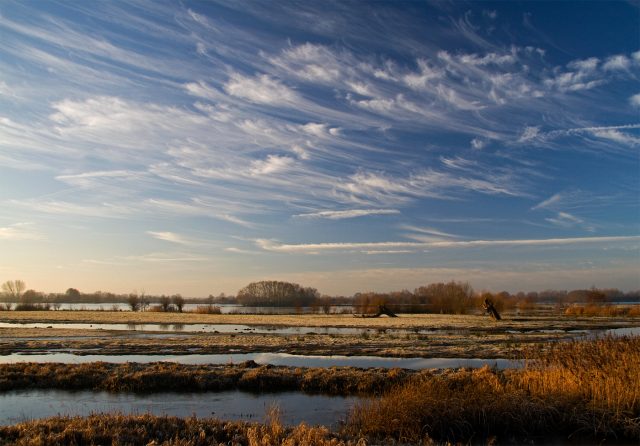
RSPB
Fen Drayton Lakes nature reserve is an oasis for wildlife and for people. You’ll find space to unwind, miles of trail to explore and wildlife-a-plenty – there’s so much to enjoy!
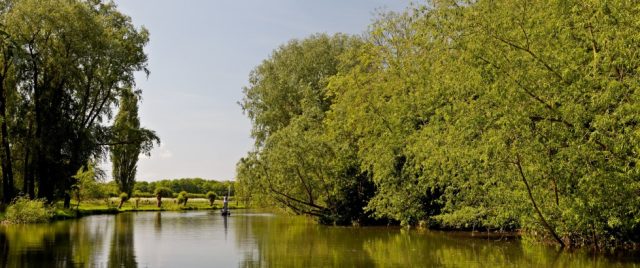
Sheep’s Green
Sheep's Green is situated to the west of Coe Fen and runs along the west bank of the river Cam. It is an ideal place to walk along the river and get away from the busy city streets.

Squire Archery
Squire Archery is based in South Cambridgeshire countryside just outside of Cambridge offering a range of fun and exciting archery activities from traditional target range archery to long distance archery to Tag archery. We supply all equipment and welcome everyone from complete beginners to professionals. Open 7 days a week we cater for individuals, family outings, birthday parties, corporate team building events and DofE courses.

St Matthew’s Piece
This park has spring rockers, swings and a climber for younger children. For older children there’s a modular climber, nest swing and a basketball half-court.

Stourbridge Common
Stourbridge Common is a scenic, riverfront greenspace with a paved walking pathway. The all-ages play area has spring rockers, a modular climber, runway and rotating unit.
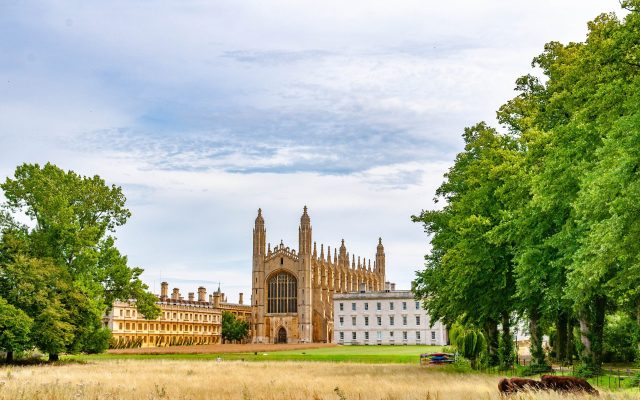
The Backs
The Backs is a picturesque area to the east of Queen's Road in the city of Cambridge, England, where several colleges of the University of Cambridge back on to the River Cam, their grounds covering both banks of the river.

Thorpe Way play area
Climber, swings and trim trail for younger children. For older children there are toners, rotating units, swings, a surf rider, runway and full ball court, fitness zone and climbing boulders.

Wandlebury Country Park
Wandlebury Country Park and Nature Reserve, in the suburbs, encompasses more than 40 hectares / 100 acres. This historic parkland features numerous nature trails, wild flower meadows, large trees and shrubs, seating areas, large expanses of grass and scenic views
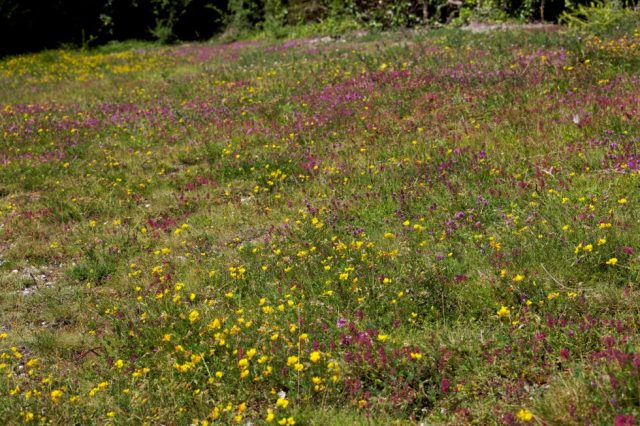
West Pit local nature reserve
Hosting a variety of wild flowers in the warmer months, the West Pit varies slightly from Lime Kiln and East Pit reserve in that it is greener with more mature trees.
Did you know?
Legendary rock band Pink Floyd has its roots in Cambridge, with members Syd Barrett, Roger Waters and David Gilmour born and raised in the city.

